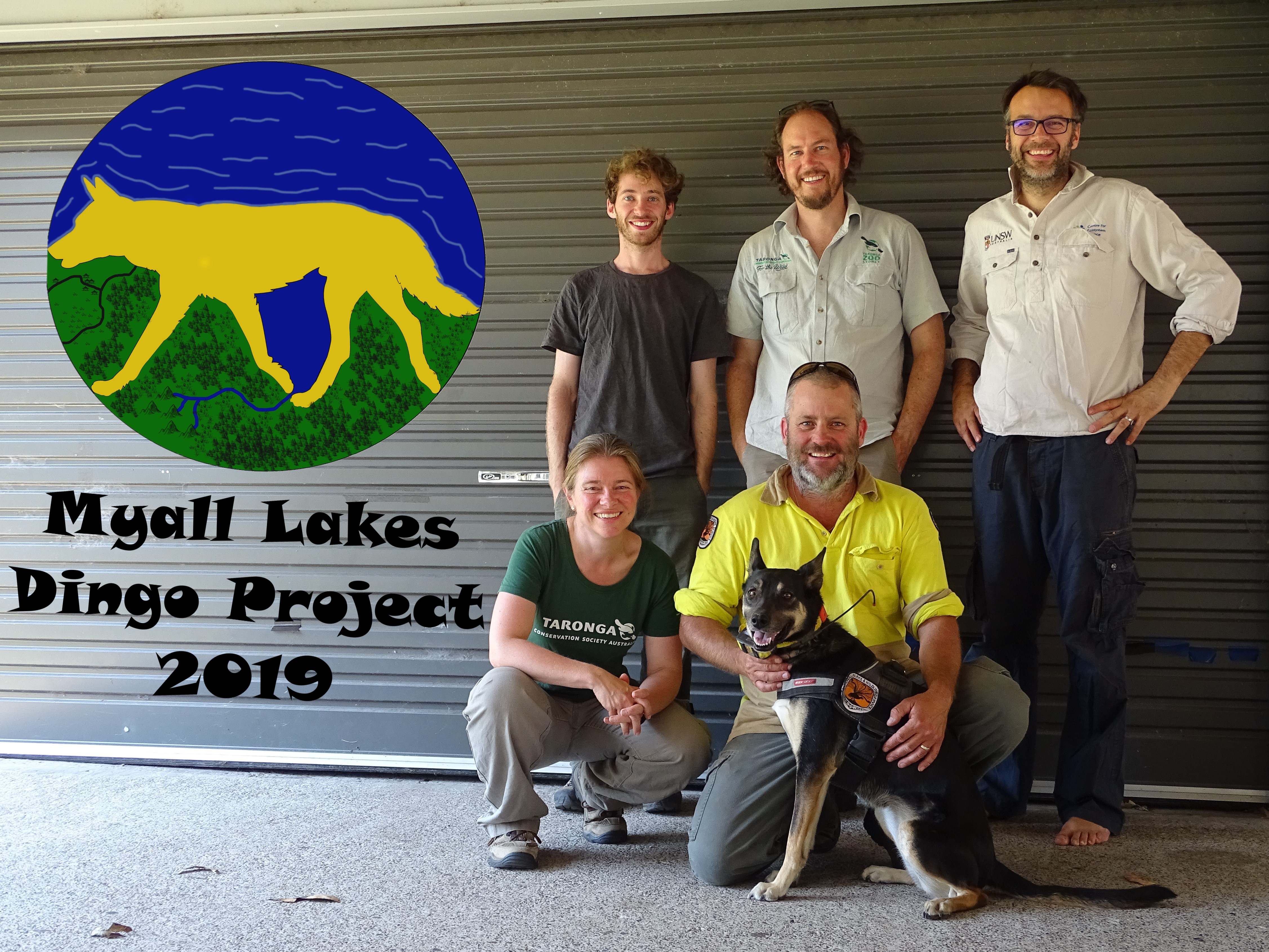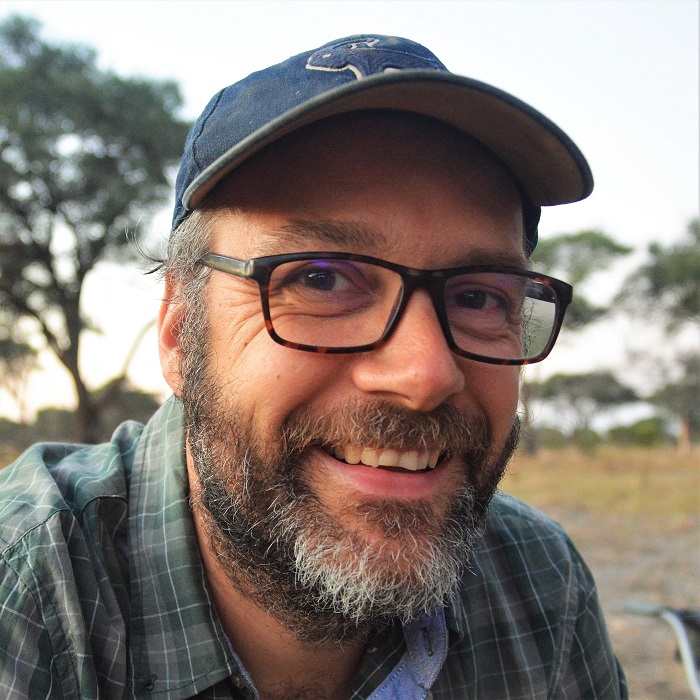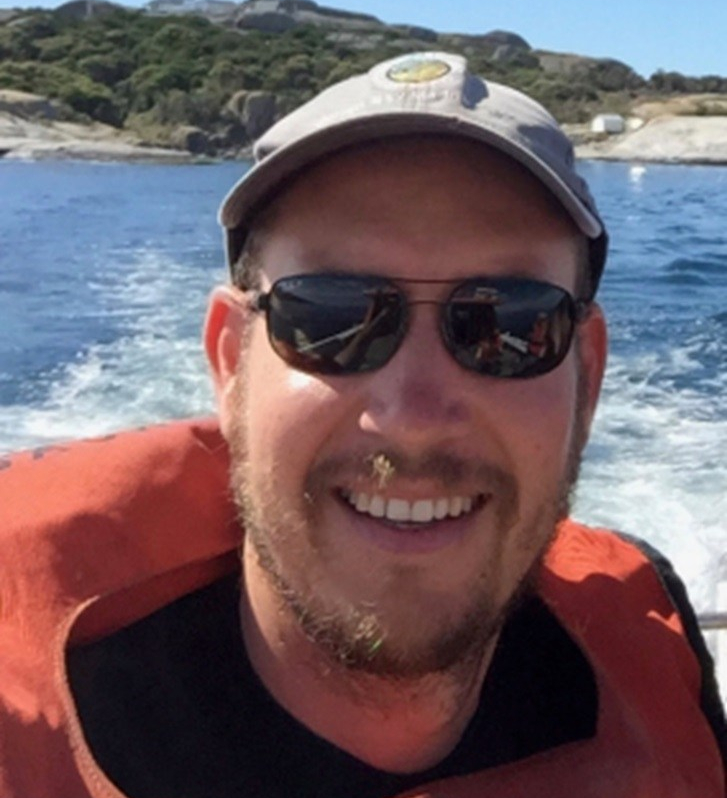The Myall Lakes dingo project is a collaboration between the Centre for Ecosystem Science at the University of New South Wales, Taronga Conservation Society and NSW National Parks and Wildlife Service. Established in 2019, and funded by the Hermon Slade Foundation, this project aims to develop and test non-lethal tools for dingo management, and to further our understanding and appreciation of this iconic Australian carnivore.

Report a dingo sighting
If you do see a dingo or other carnivore in the Great Lakes region, please complete a sightings record here. These records are extremely valuable to the research, particularly when they include photos and location information.
Be dingo aware
Dingoes are wild animals… they are unpredictable. When in an area with dingoes:
- Stay with your children at all times.

- Do not approach or encourage dingoes attention.
- Do not feed dingoes
- If dingoes learn to expect food, they become bold and aggressive.
- Aggressive dingoes can pose a risk to public safety and may have to be destroyed.
- Store your food securely in sealed containers or Eskies.
- Keep all food and rubbish out of their reach or in vehicles.
- Clean barbecues and all utensils after use.
- Dispose of rubbish at waste and recycling stations or take it home with you.
If you feel threatened
- Stay calm, keep eye contact, back away, do not run.
Collars
Our work invol ves collaring dingoes with custom-built satellite GPS collars that record the locations of the individual every two-hours. These data allow us to build up an accurate picture of where the dingoes are spending their time, and properly assess potential tools to manage dingo movements here and elsewhere, particularly outside of National Parks where they may conflict with people. Collars are as light as possible (<3% body weight) and are fitted under anaesthetic with a veterinarian present, and extreme care is taken to ensure that the collar is a good fit.
ves collaring dingoes with custom-built satellite GPS collars that record the locations of the individual every two-hours. These data allow us to build up an accurate picture of where the dingoes are spending their time, and properly assess potential tools to manage dingo movements here and elsewhere, particularly outside of National Parks where they may conflict with people. Collars are as light as possible (<3% body weight) and are fitted under anaesthetic with a veterinarian present, and extreme care is taken to ensure that the collar is a good fit.
Individual dingoes
Although less prominent than some species, dingoes can have individually-distinctive coat markings, particularly in the white patterns in the chest blaze and socks. We are compiling long-term records of dingo pack composition in Myall Lakes National Park, and photographic ID database is the key part of this process. Here’s an example of a female, MBF1701, from the Mungo Brush pack.




As the project progresses, we will include ID guides on this site for reference.
Project Team




Veterinarian
Taronga Conservation Society Australia

Brendan Alting
PhD student, University of New South Wales
